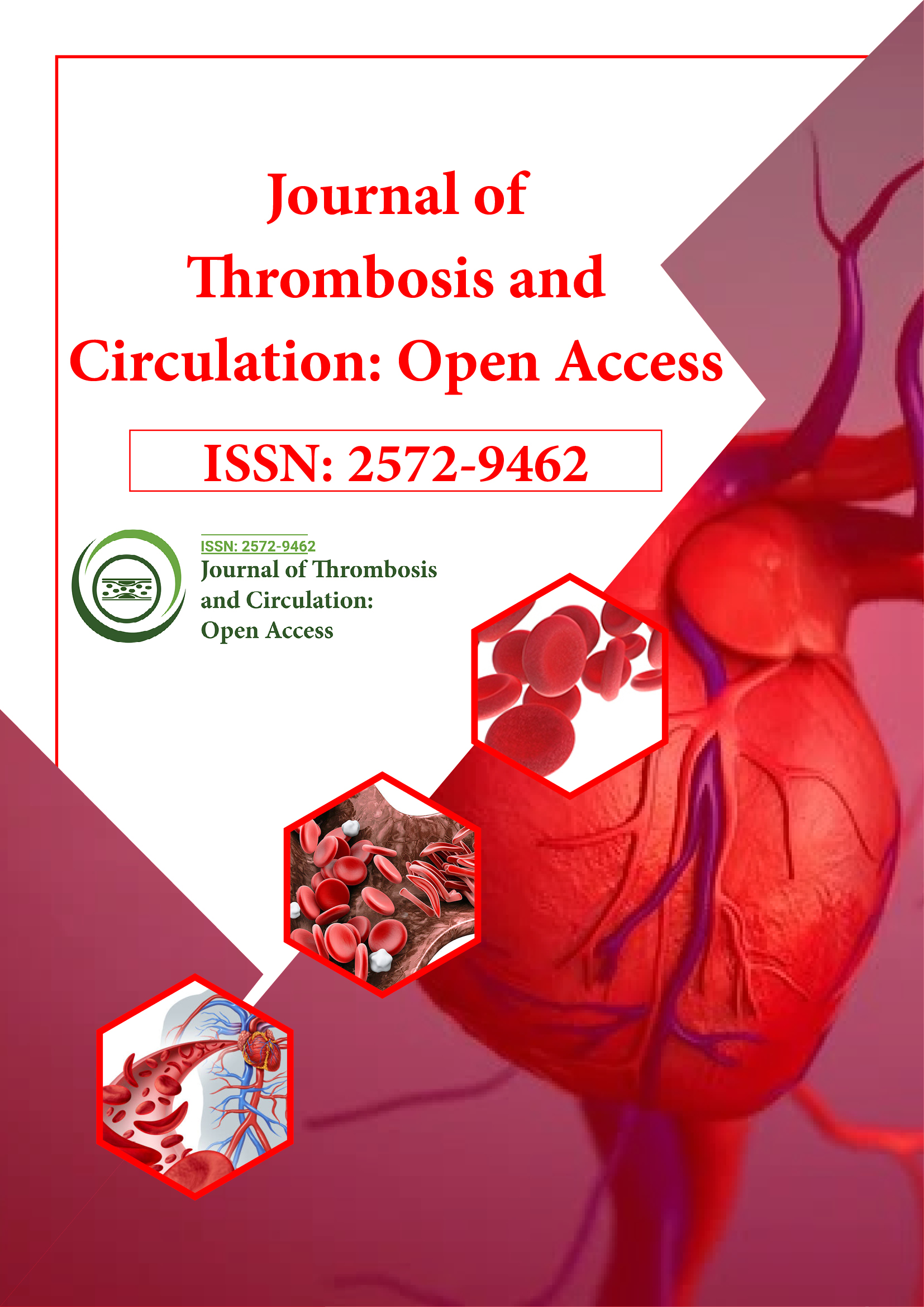Indexed In
- RefSeek
- Hamdard University
- EBSCO A-Z
- Publons
- Google Scholar
Useful Links
Share This Page
Journal Flyer

Open Access Journals
- Agri and Aquaculture
- Biochemistry
- Bioinformatics & Systems Biology
- Business & Management
- Chemistry
- Clinical Sciences
- Engineering
- Food & Nutrition
- General Science
- Genetics & Molecular Biology
- Immunology & Microbiology
- Medical Sciences
- Neuroscience & Psychology
- Nursing & Health Care
- Pharmaceutical Sciences
Mini Article - (2020) Volume 6, Issue 6
Thalassemia: A small Review
Omar Andrews*Received: 24-Dec-2020 Published: 31-Dec-2020, DOI: 10.35248/2572-9462.6.147
Abstract
Thalassemia is an inherited blood disorder characterised by less oxygen-carrying protein (hemoglobin) and fewer red blood cells in the body than normal. Symptoms include fatigue, weakness, paleness and slow growth. Mild forms may not need treatment. Severe forms may require blood transfusions or a donor stem-cell transplant.There are three main types of thalassemia (and four subtypes): beta thalassemia, which includes the subtypes major and intermedia alpha thalassemia, which include the subtypes hemoglobin H and hydrops fetalis thalassemia minor All of these types and subtypes vary in symptoms and severity. The onset may also vary slightly.
Introduction
Clinical Features of Severe Thalassemic Syndromes
Babies and kids influenced with thalassemia have whiteness, helpless turn of events, and stomach augmentation. Hemoglobin electrophoretic examples show a variable amount of HbA2 (0%–6%) contingent upon the genotype of the patient. The pallor is because of a mix of insufficient erythropoiesis, unnecessary fringe red platelet hemolysis, and reformist splenomegaly (25). The last causes an increment in plasma volume and an abatement in all out red cell mass. The reticulocyte tally is typically <1%. The red cells are microcytic (mean corpuscular volume <70 fL) with stamped anisochromasia. The bone marrow shows stamped erythroid hyperplasia, and the serum ferritin level is raised. For indicative purposes the guardians' hematologic status ought to be assessed. In youngsters and youthful grown-ups, radiologic anomalies incorporate diminishing of the long bones with sun-beam appearance and enlargement of the marrow pits. The skull has a "hair-on-end" appearance due to augmenting in the diploic space. Patients with thalassemia have developed maxillary sinuses and will in general have a maxillary overbite. The face continuously expects to be a "mongoloid" appearance. Such changes advance contaminations in the ears, nose, and throat. On account of persistent frailty and iron over-burden, endocrinopathies like hypopituitarism, hypothyroidism, hypoparathyroidism, diabetes mellitus, cardiomyopathy, and testicular or ovarian disappointment become regular as the kid with thalassemia becomes more established (32,33). Thalassemia can be viewed as an ongoing hypercoagulable state (34). Venous and blood vessel thromboembolic wonders will in general happen all the more oftentimes in thalassemic patients who have gone throughsplenectomy. Besides, such patients may create reformist aspiratory blood vessel sickness because of platelet thrombi in the pneumonic course. The explanations behind the supportive of coagulant impact in thalassemia stay dark, in spite of the fact that it has been suggested that erythrocyte layer irregularities, for example, phosphatidylserine development on the outside of thalassemic red cells actuate the coagulation framework.
PREVENTION
In nations with a high occurrence of thalassemia, it is fundamentally imperative to offer forthcoming hereditary mentoring and to caution transporters about the dangers of intramarriage. Until now, endeavors at this methodology have been moderately ineffective. Henceforth, impressive endeavors have been coordinated towards pre-birth conclusion programs. As transporter conditions of the thalassemias are promptly recognizable, influenced hatchlings can be analyzed. Late endeavors have been coordinated to early finding by fetal DNA investigation (46) completed on amniotic liquid cells or by chorionic villus testing. Likewise, the improvement of oligonucleotide tests to recognize singular transformations has especially expanded the precision pace of pre-birth analysis. The reaping of fetal cells from the maternal course is being investigated for this reason.
REFERENCES
- Fawdry A. Erythroblastic Anaemia of Childhood (Cooley's Anaemia) in Cyprus. Lancet. 1944:171-6.
- Seligsohn U, Coller BS. Classification, clinical manifestations and evaluation of disorders of hemostasis. Williams hematology. New York: McGraw Hill. 2001:1471-8.
- HUNT T. Control of globin synthesis. British medical bulletin. 1976 Sep 1;32(3):257-61.
- Marengo-Rowe AJ, McCracken AW, Flanagan P. Complete suppression of haemoglobin A synthesis in haemoglobin D Los Angeles—beta thalassaemia. Journal of clinical pathology. 1968 Jul 1;21(4):508-10.
- Cunningham TM. Hemoglobin E in Indochines
